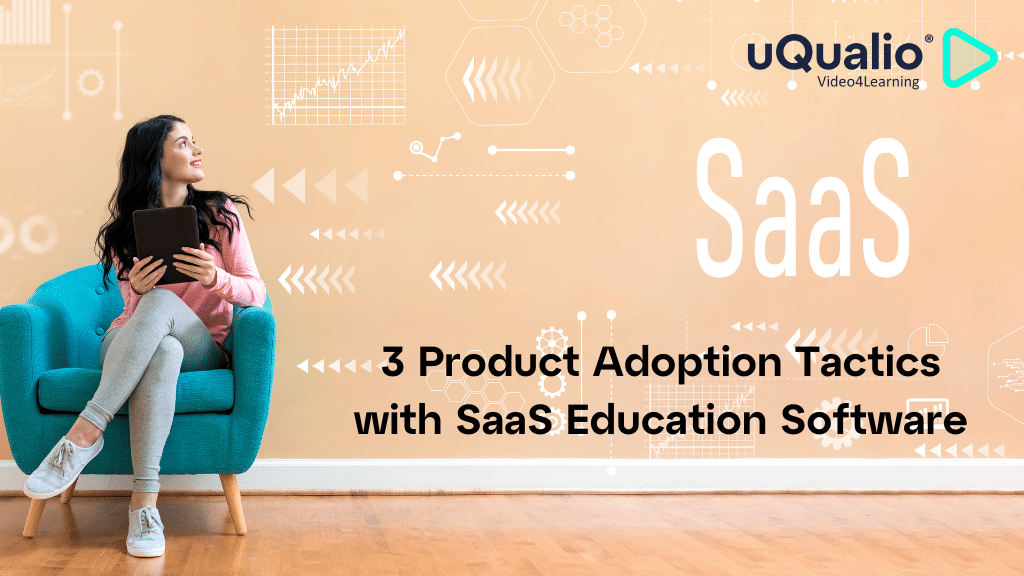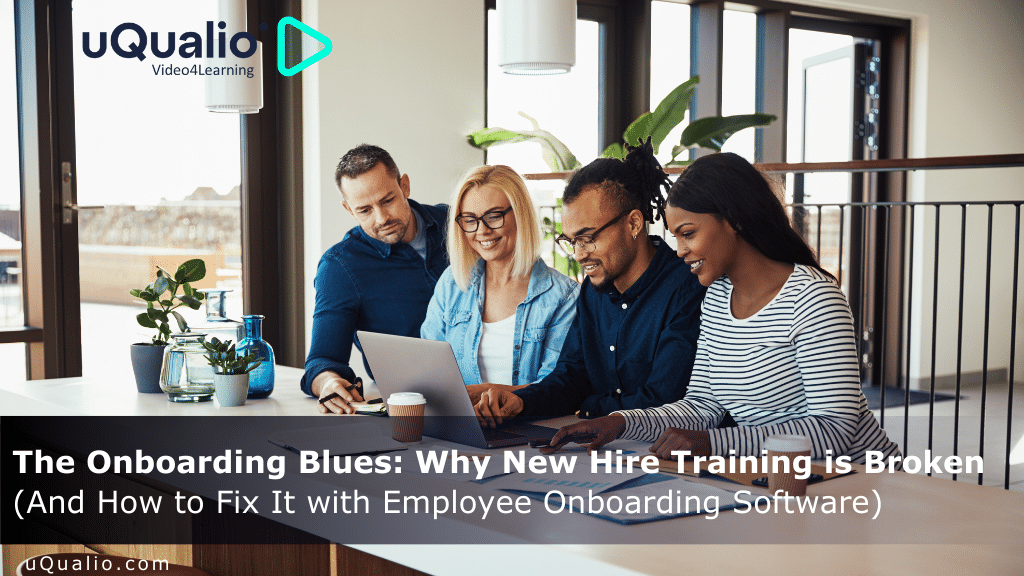The landscape of work has undergone a seismic shift in recent years. And, the hybrid work model emerging as a frontrunner in the race towards a flexible, balanced, and productive future. As organizations navigate this new terrain, the focus on employee training and development has intensified. The right training tools are not just a nice-to-have, but a necessity to ensure a smooth transition and continued growth. In this blog, we’ll explore how employee training platforms are the linchpin in adapting to the hybrid work model. Also, we will understand how they’re shaping the future of workplace learning.
With the rise of remote work, the need for effective online training software for employees has never been more pressing. Companies are seeking solutions that not only deliver content but also engage and empower their workforce. This is where video learning platforms step in. They offer a digital learning strategy that aligns with the demands of a modern, digital workplace. Let’s delve into how these platforms are bridging the gap and what features are setting them apart.
Embracing the Challenge of Hybrid Work Model
The hybrid work model presents a unique set of challenges and opportunities for employee training and development. On one hand, it demands a more flexible and adaptive approach to training. On the other, it offers a chance to re-imagine how we upskill and reskill our workforce. Employee training platforms are at the heart of this transformation. This is because they provide the infrastructure needed to support a dispersed workforce while maintaining a cohesive learning culture.
Key features of these platforms include:
- Remote employee onboarding to ensure new hires are integrated seamlessly into the company culture, regardless of their physical location.
- Corporate training platforms, where you can create a range of courses and materials that are accessible to employees anywhere, anytime.
- Reports & Analytics to track progress and provide insights into employee learning paths and outcomes.
The Advent of Video eLearning Platforms to Address Hybrid Work Model Challenges
Video eLearning platforms have emerged as a powerful tool in the hybrid work environment. They offer a visually engaging and flexible way to deliver training that can be accessed on-demand, ensuring just-in-time learning. This aligns perfectly with the needs of a workforce that’s no longer bound by office walls. Video training platforms have revolutionized the way knowledge is shared, making it more dynamic and accessible.
Statistics show that learners retain 95% of a message when they watch it in a video, compared to 10% when reading it in text. This highlights the effectiveness of video eLearning platforms in enhancing employee training and development. By incorporating video into their digital learning strategy, companies can ensure that their employee training is not only comprehensive, but also memorable.
The New Frontiers: Microlearning, Just-in-Time Learning, and Gamification
The digital age has brought with it a preference for bite-sized, easily digestible content. This is where microlearning comes into play. It breaks down complex information into short, focused segments that are easier to absorb and remember. Besides, micro-credential is also gaining traction. It allows employees to earn recognition for these smaller units of learning, which can be stacked towards larger qualifications.
Gamified learning platforms introduce an element of fun and competition into the training process, increasing engagement and motivation. Features such as quizzes, badges, and rewards make learning more interactive and enjoyable. Just-in-time learning, another innovative approach, provides employees with information exactly when they need it. This enhances the efficiency and relevance of training.
Steering Towards Analytics-Driven Learning
Data is the driving force behind any successful training program. Analytics-driven learning harnesses the power of data to tailor and improve the training experience. By analyzing employee engagement and performance metrics, corporate learning platforms can provide personalized learning paths and recommendations. This will align the employee’s training with their individual needs and goals.
Moreover, these insights enable organizations to measure the effectiveness of their training programs and make data-informed decisions. This leads to a continuous cycle of improvement, which will constantly refine training strategies to better serve the workforce and the company’s objectives.
Conclusion: The Road Ahead
As we look to the future, the role of employee training platforms in supporting the hybrid work model is undeniable. They are the bridge connecting a geographically dispersed workforce with the skills and knowledge they need to thrive. The integration of video eLearning, microlearning, gamification, and analytics-driven insights are not just trends. Rather, they are becoming the pillars of a robust digital learning strategy.
The road ahead is paved with innovation and opportunity. By embracing these tools and strategies, companies can easily overcome the challenges of the hybrid work model. This will eventually foster a culture of continuous learning and development. With platforms like uQualio Video4learning leading the charge, the future of corporate employee training is bright, accessible, and full of potential.
Achieve Effective & Affordable Video Training
– uQualio is an award-winning, easy-to-use, all-in-one NextGen LMS software for any types of online video training.











